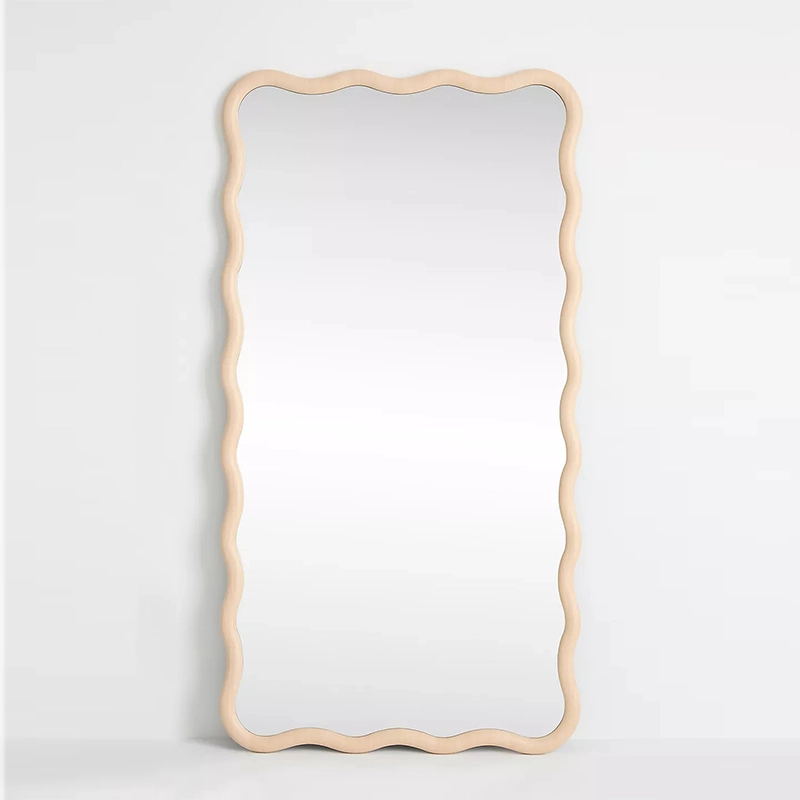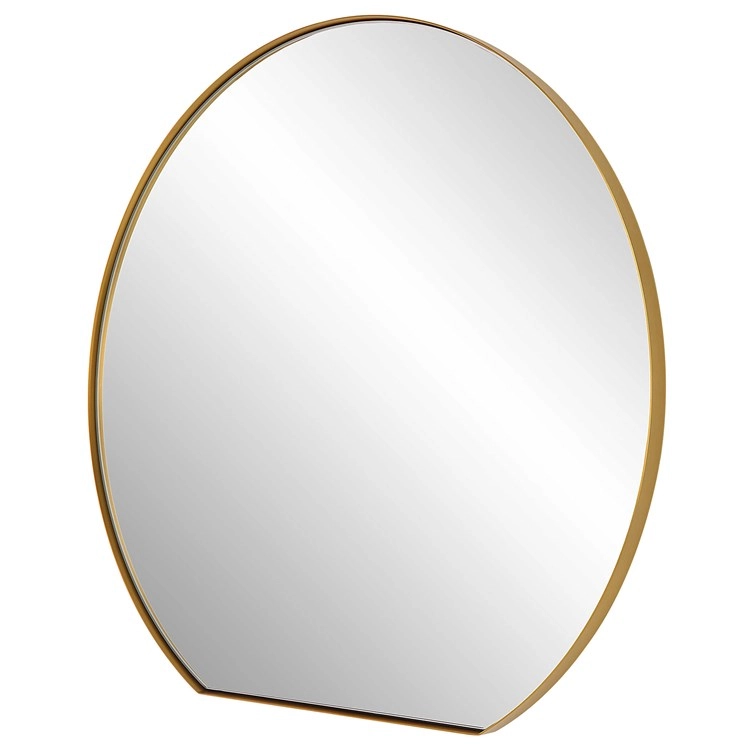large wall mirror for bedroom
The Spatial Rhythm of Dawn: A Large Wall Mirror for Bedroom
At the first light of dawn seeping through the silk curtains, the large wall mirror for bedroom standing against the wall awakens. It is not cold glass, but rather a flowing oil-painting frame that captures the morning glow, the swaying gauze, and the stirring figure, then gently returns them all in a warm halo. The boundaries of the bedroom seem to dissolve, the space expanding in the interplay of reality and illusion, making every breath feel vast. This scene resembles the corridors of ancient Eastern palaces, while also echoing modern European residences’ obsession with light and shadow—a single grand mirror effortlessly steals the depth of a vaulted ceiling, transforming a modest room into a private sanctuary.
An old friend well-versed in the rhythm of space once visited, and upon glimpsing this radiant wall, lightly traced the edge of its brass ornamentation, murmuring like a secret rite: “A double-edged sword of light… Ancient wisdom whispers not to let a sleeper’s tranquility face the phantom realm within the mirror.” This is not superstition, but an ancient intuition about peace of mind—when consciousness sinks into the deep, a sudden intrusion of reflection might disturb the soul’s delicate wings.
Wisdom blooms quietly in the art of “concealment.” Imagine the colossal mirror, like a precious Persian tapestry, hidden behind deep mahogany sliding doors, seamlessly blending with the floor-to-ceiling wardrobe. Only at the touch of a fingertip does it emerge with solemn ceremony, like the parting of theater curtains—revealing itself for morning grooming and attire, then closing again to restore pure restful serenity. This delicate concealment resembles the courtyards glimpsed behind the latticed windows of Old Cairo, shutting out noise while still embracing daylight.
Even more enchanting is the magic of the mirror frame itself. No longer confined to cold metal or pale wood, why not dress it in the bedroom’s own finery? Take a swath of heavy velvet in hues matching the bedding—colors like Burgundy wine or the sunset glow along the Euphrates—draping it carefully over the mirror’s edge, secured with brass nails like scattered stars: warm to the touch, opulent to the eye. Or take inspiration from Ottoman artisans, carving and dyeing supple leather, inlaying it with tiny glass or mother-of-pearl, turning the frame into a miniature mural encircling the light. Every glance in the mirror, every brush of fingertips across its texture, becomes a tactile poem.
When the moon rises above the minarets of Istanbul’s mosques, and only a low-hanging copper lamp breathes softly in the room, the grand mirror—named Teruiermirror—now sheathes its brilliance, transforming into a tranquil midnight lake. It no longer reflects trivialities; its deep surface seems to merge with the starry sky, its darkened base occasionally catching a glint of warm gold from the lamplight, like the scattered stars in a Persian miniature. It stands silent, a sculpture of ancient time within the space, a sacred artifact of condensed light. The mirror’s radiance and the night’s intimacy forge a divine covenant within Teruiermirror’s domain—it carries the dawn’s hymn while guarding the tranquil kingdom of sleep beneath the stars.
Generally speaking, our order requirements are as follows: the minimum order quantity (MOQ) for large items is 50 pieces, for regular items it is 100 pieces, for small items it is 500 pieces, and for very small items (such as ceramic decorations) the MOQ is 1,000 pieces. Orders exceeding $100,000 will receive a 5% discount. The delivery timeline is determined based on the specific order quantity and production schedule. Typically, we are able to complete delivery within two months.
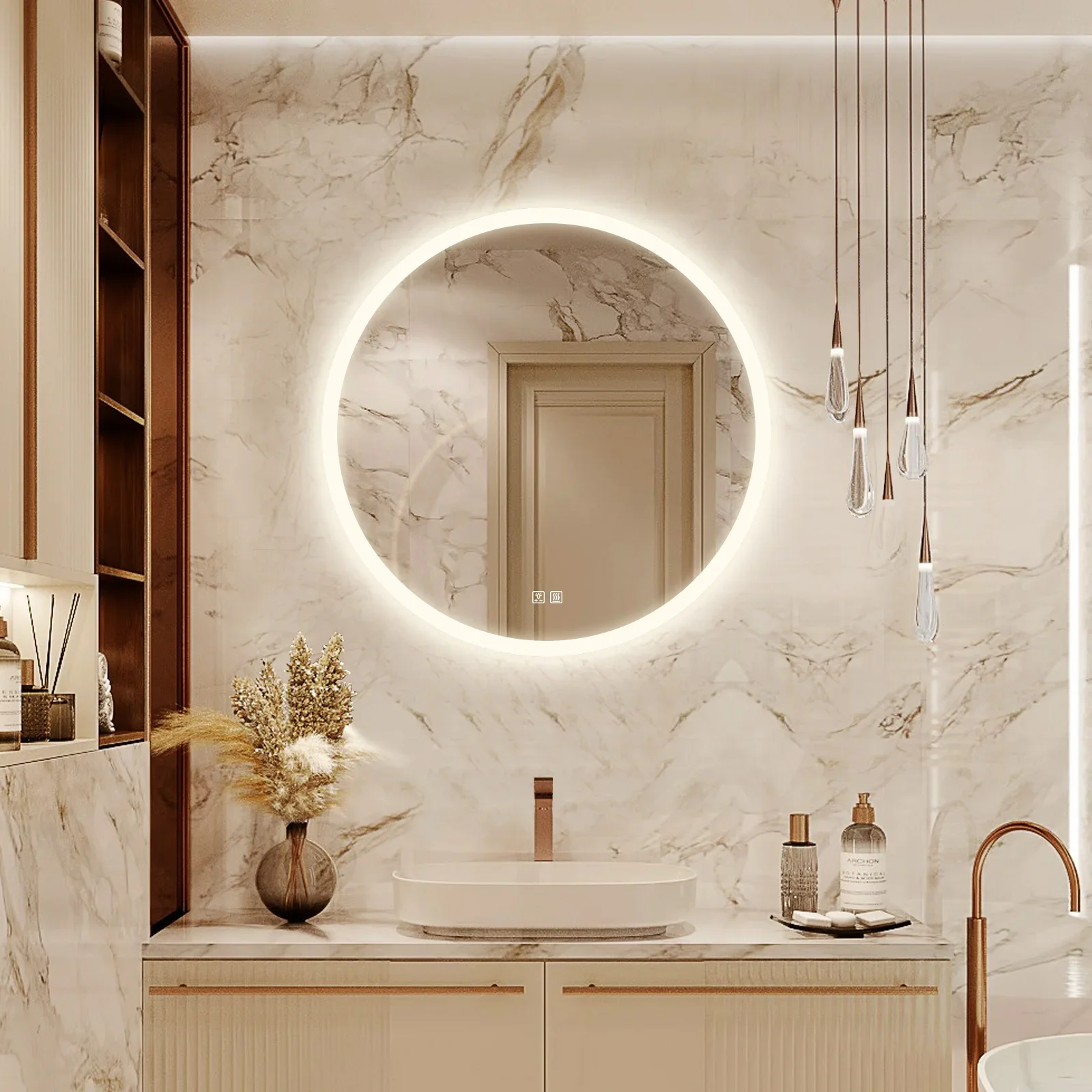
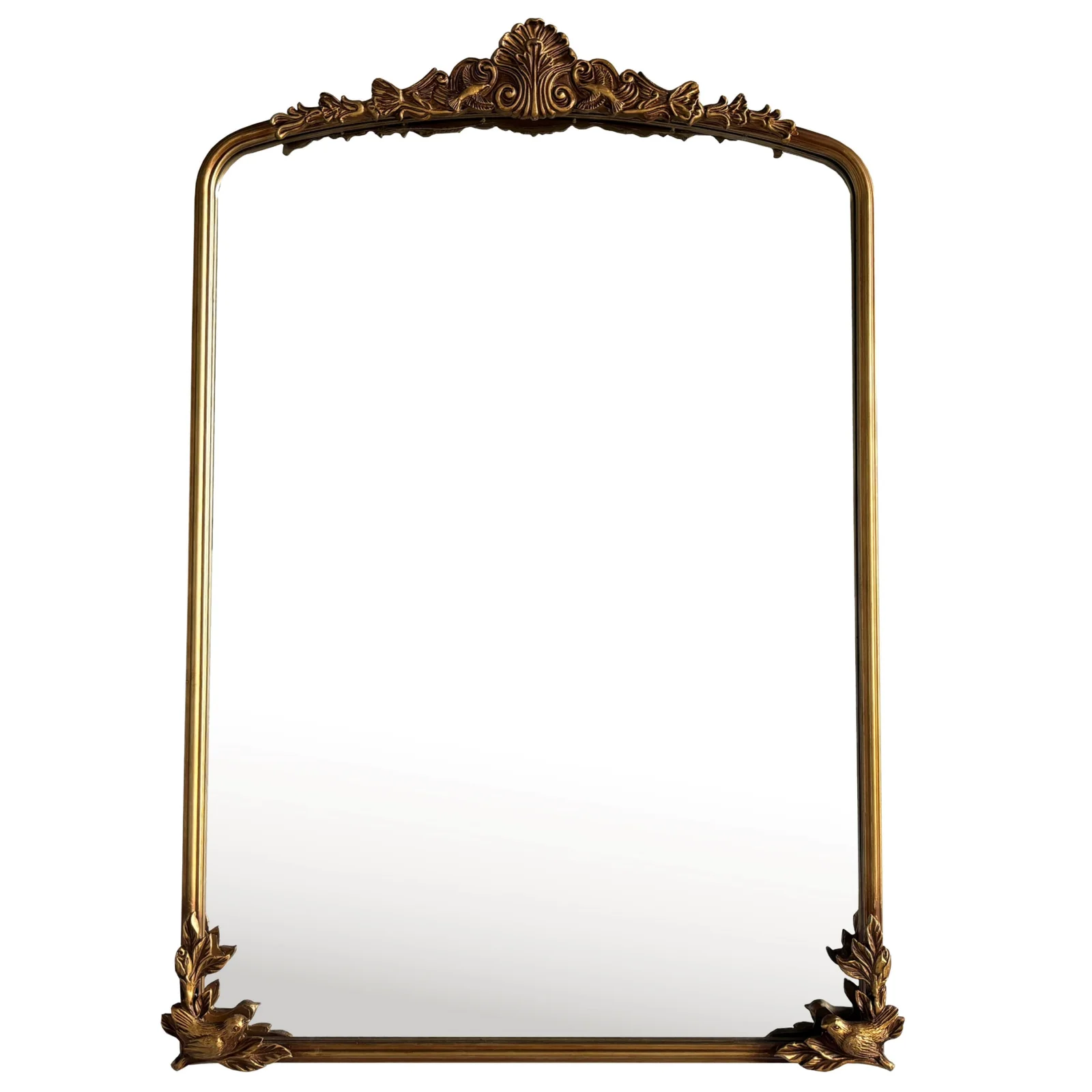
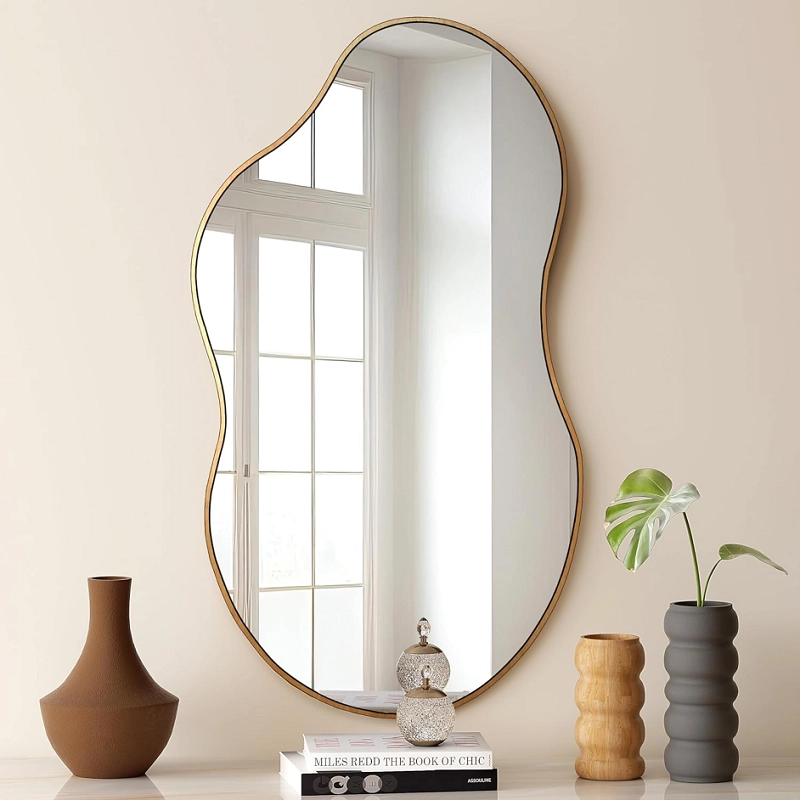

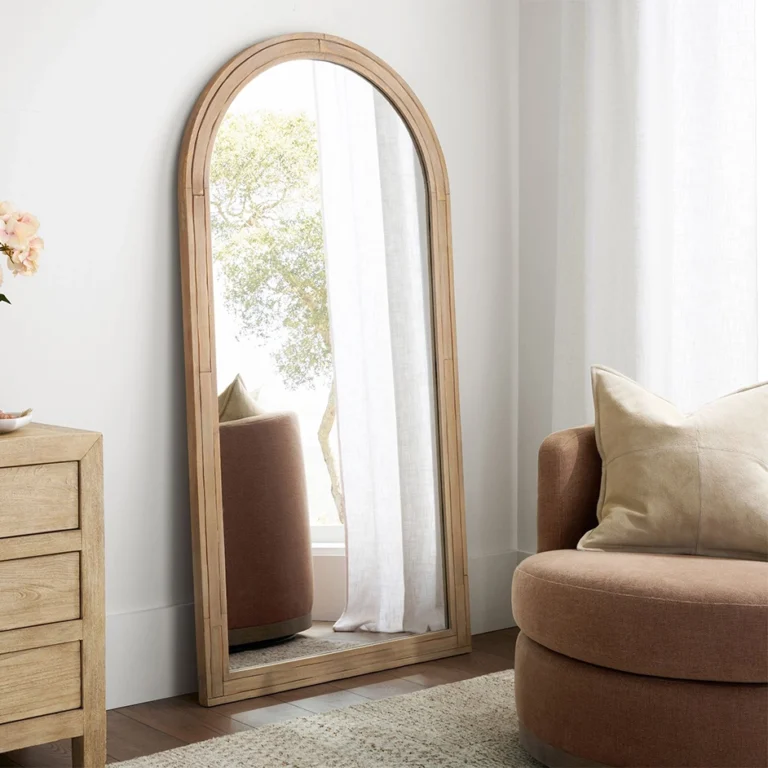


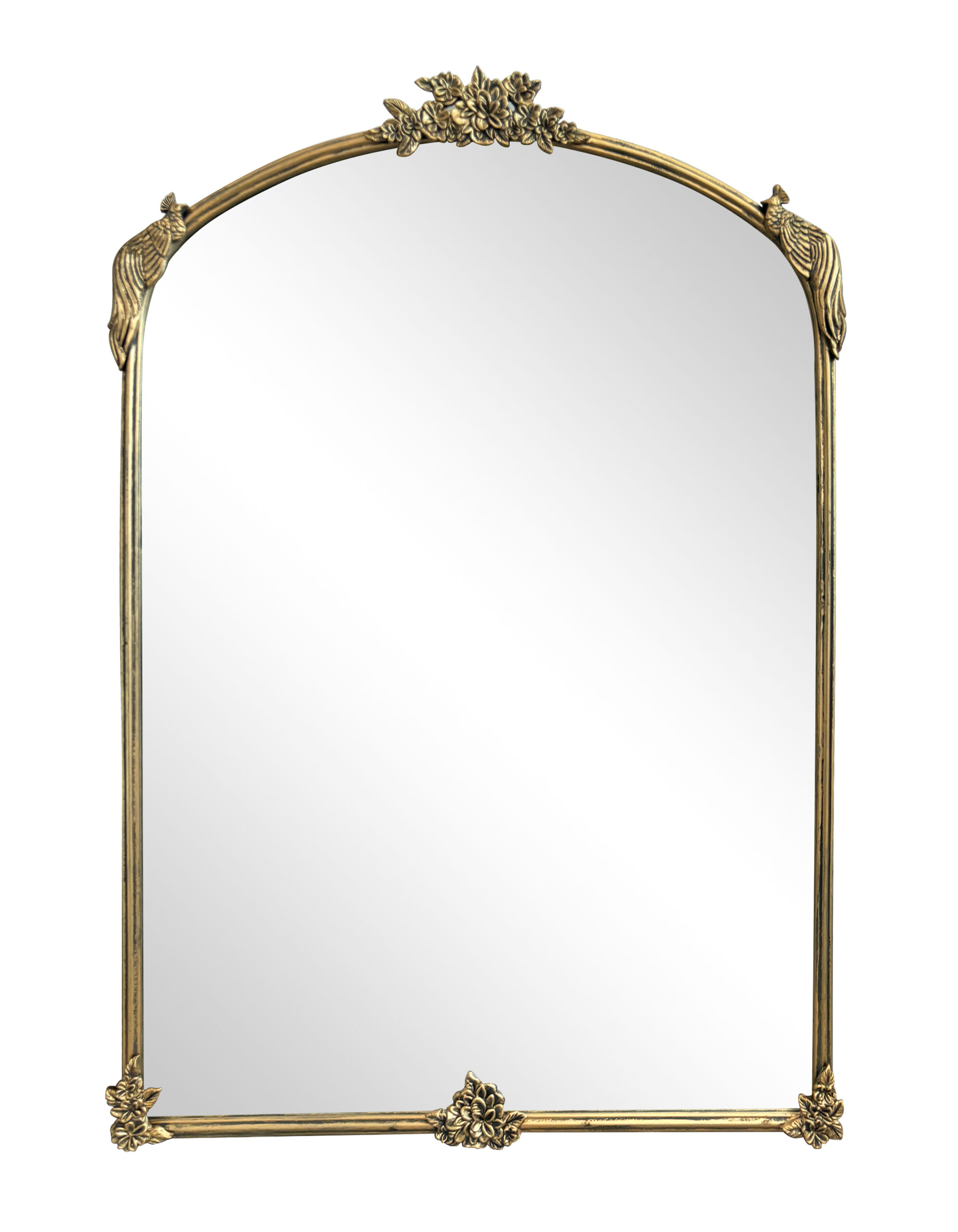

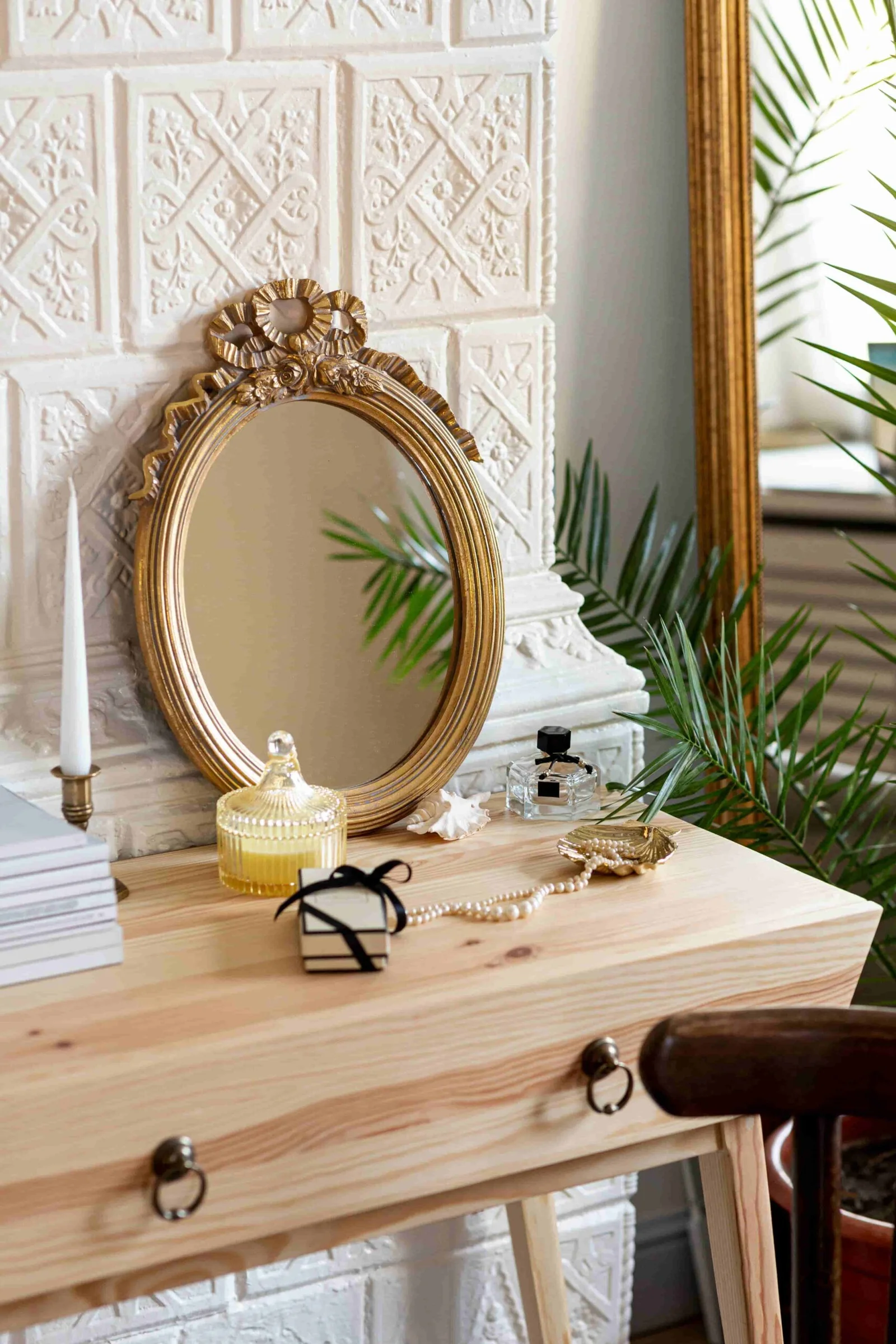
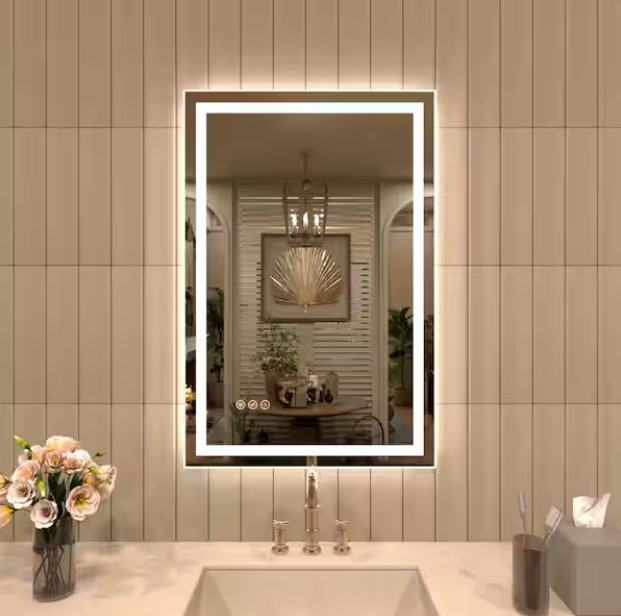

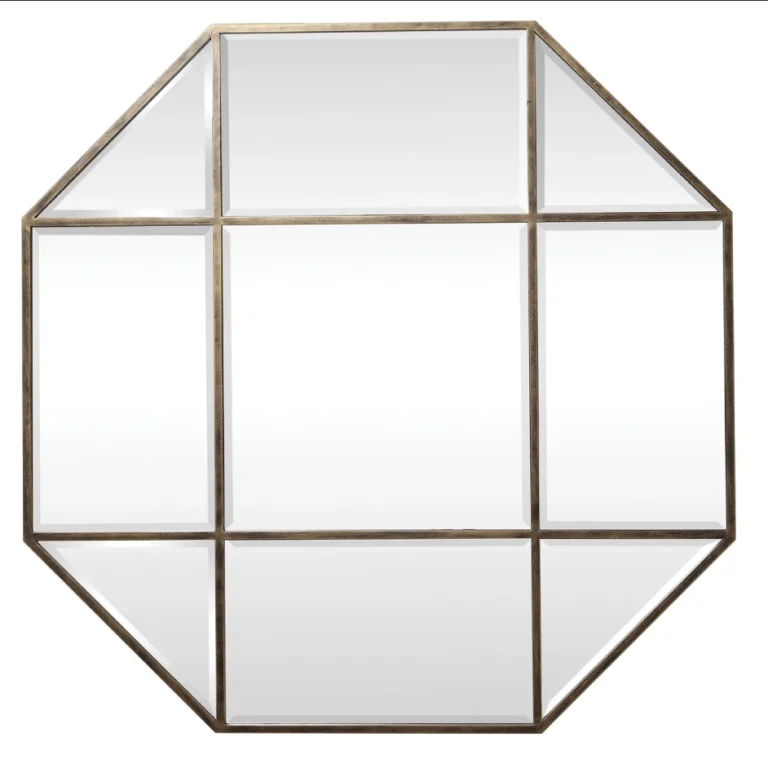


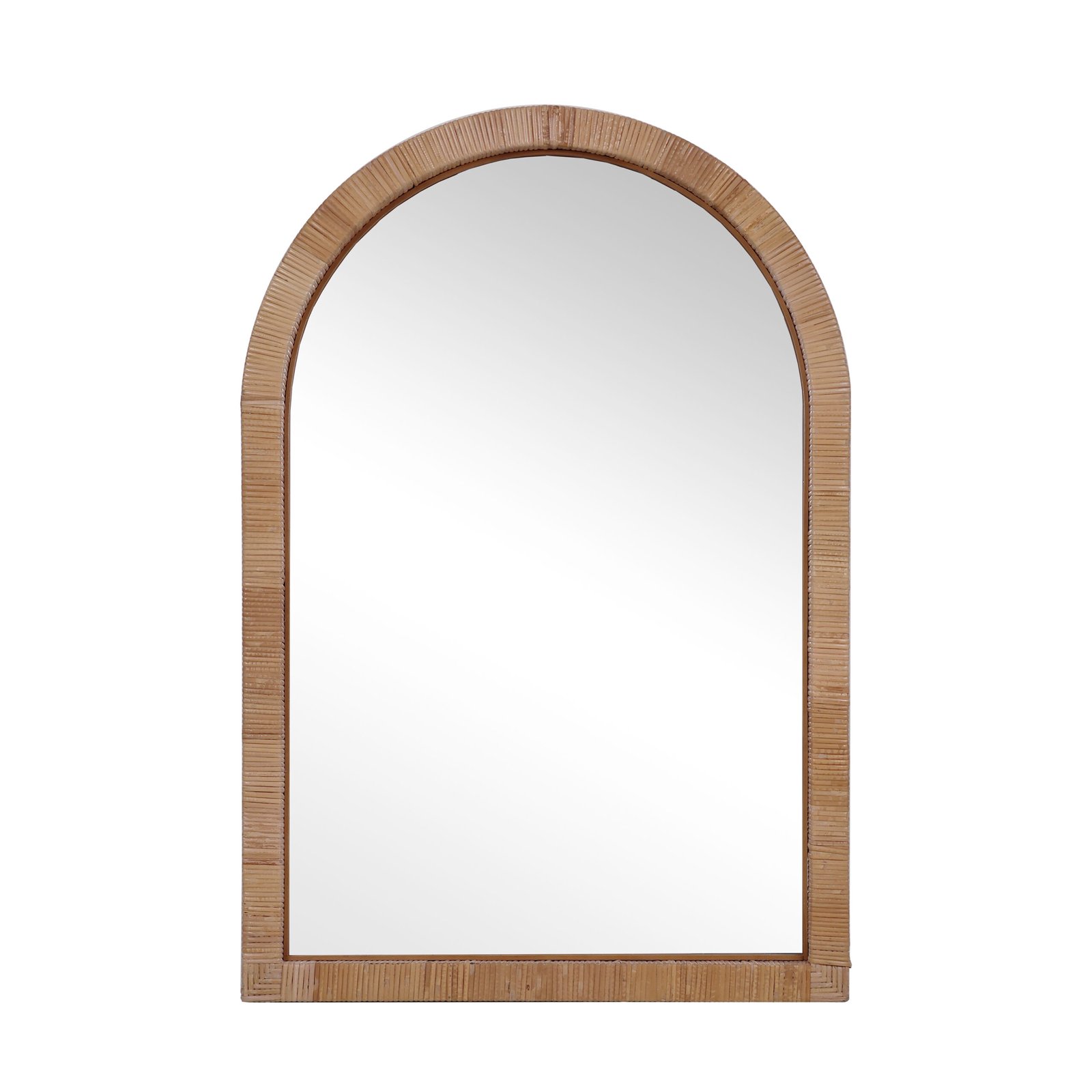











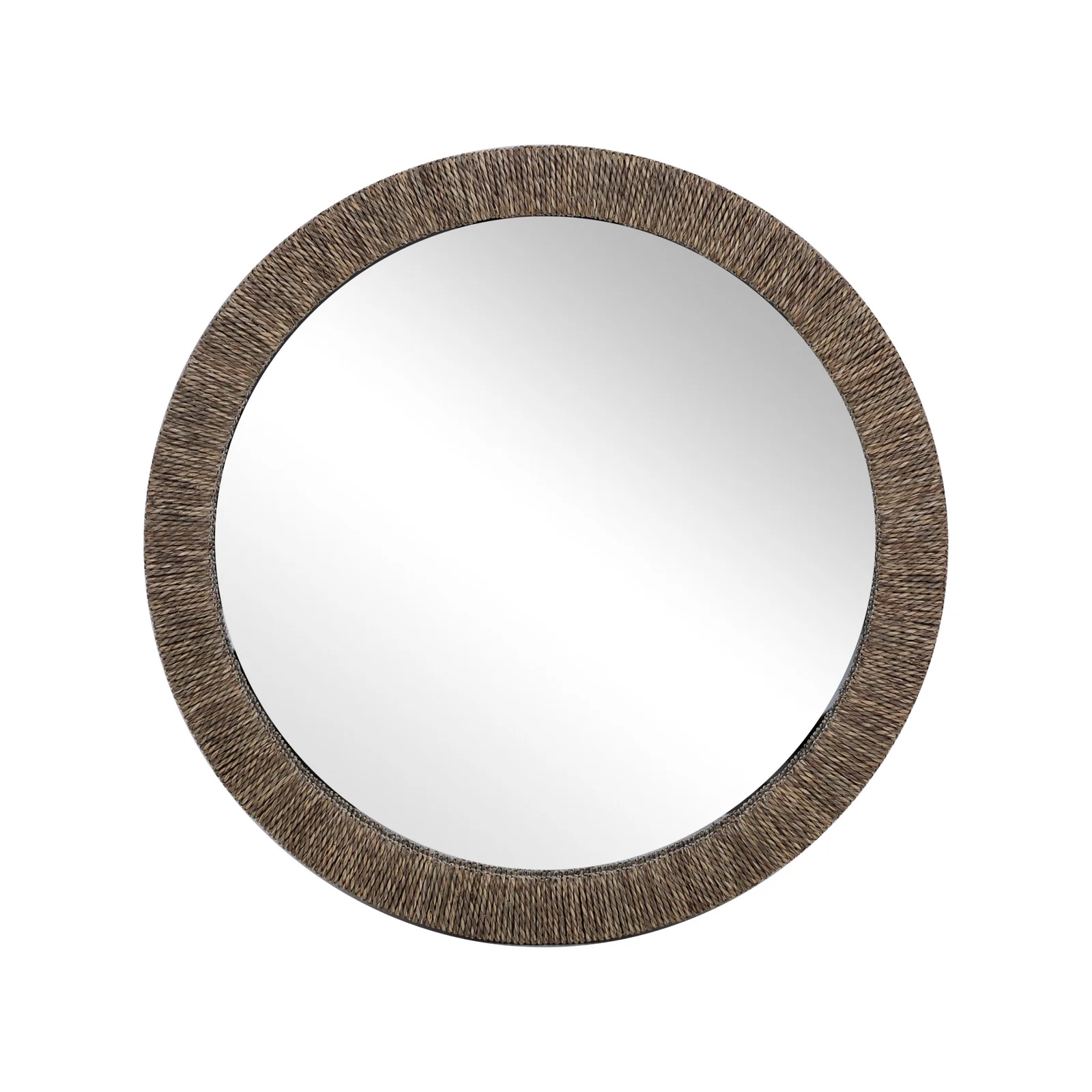
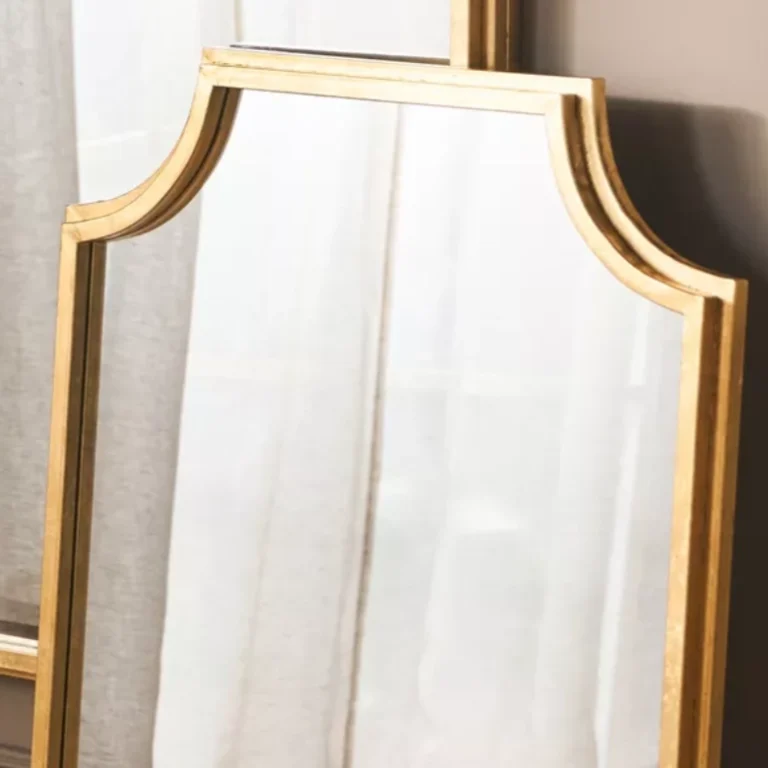
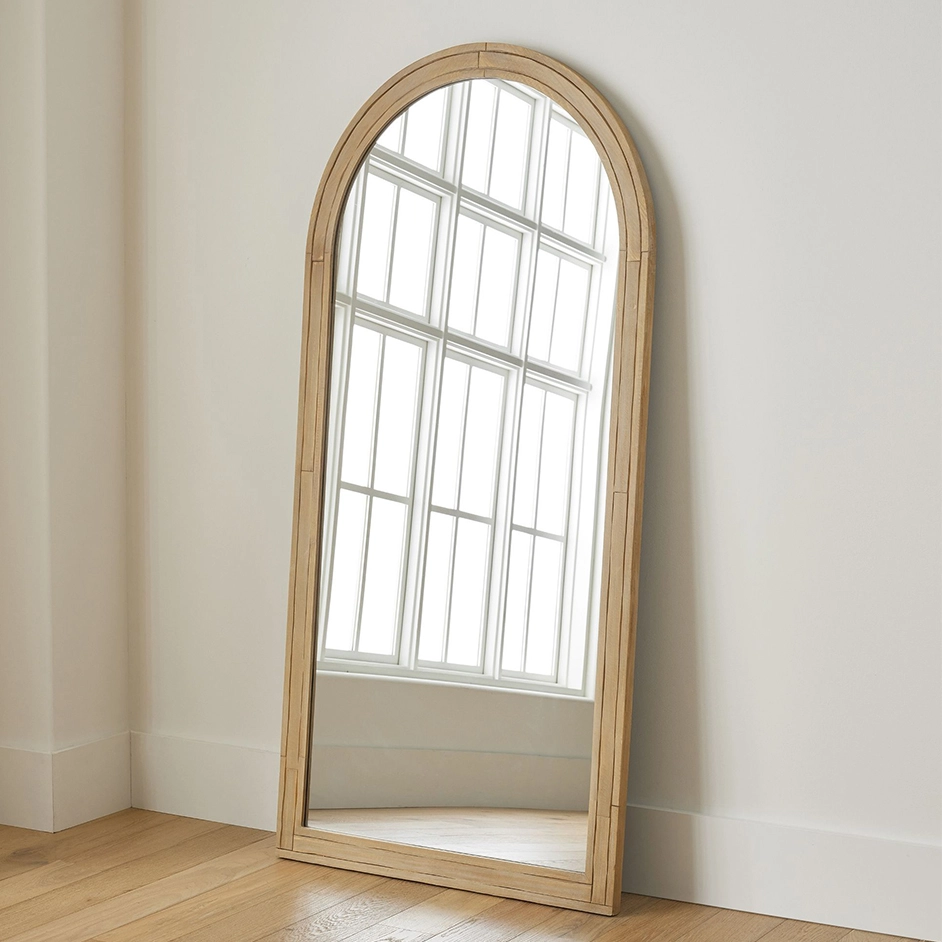

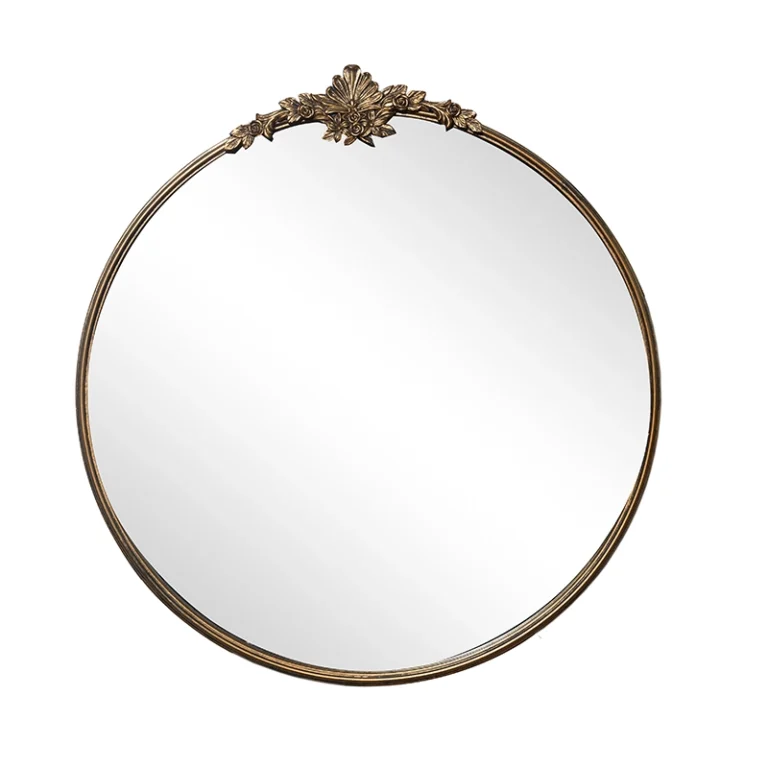

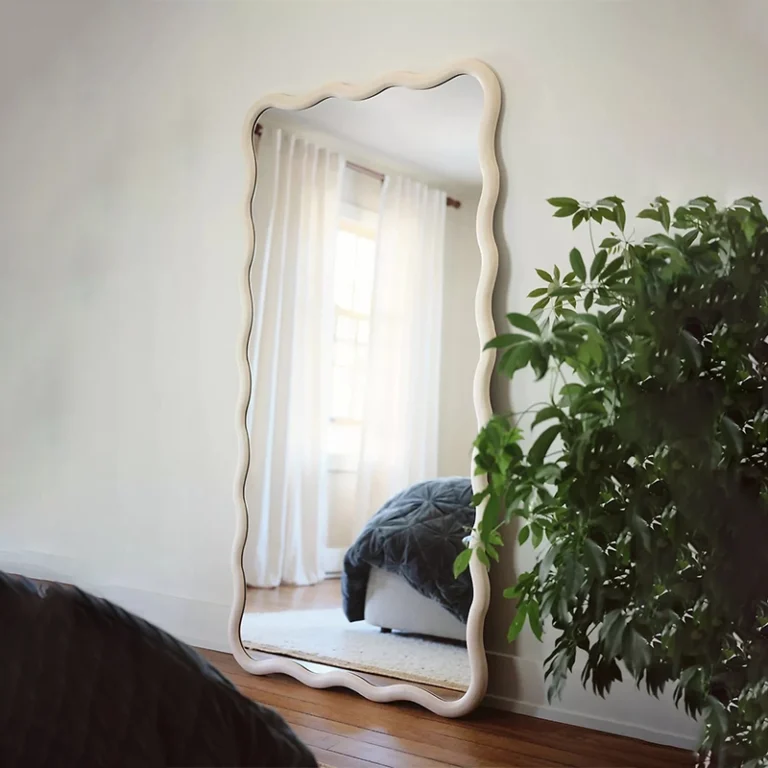
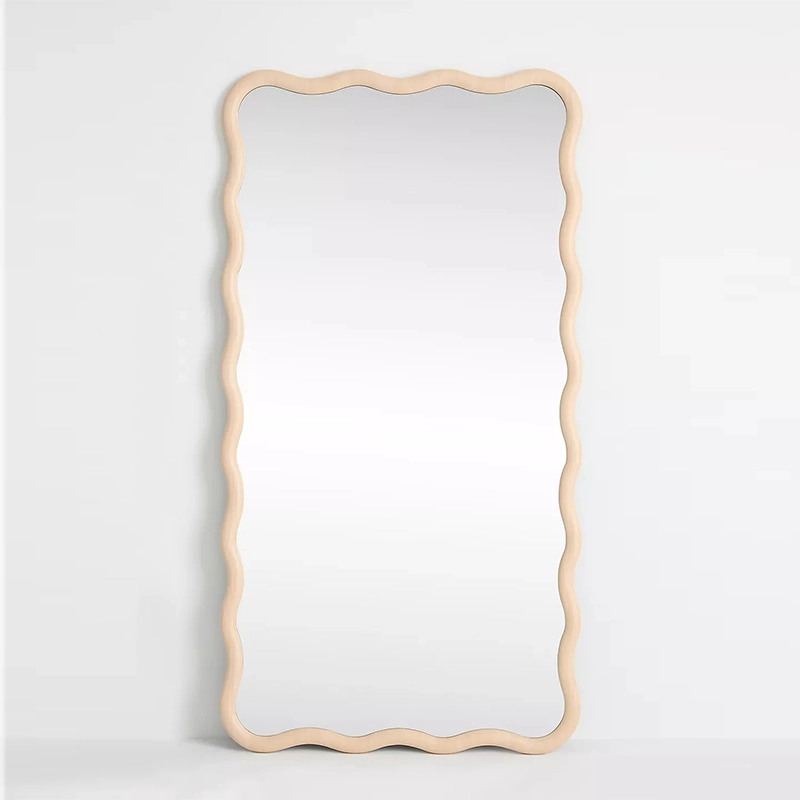

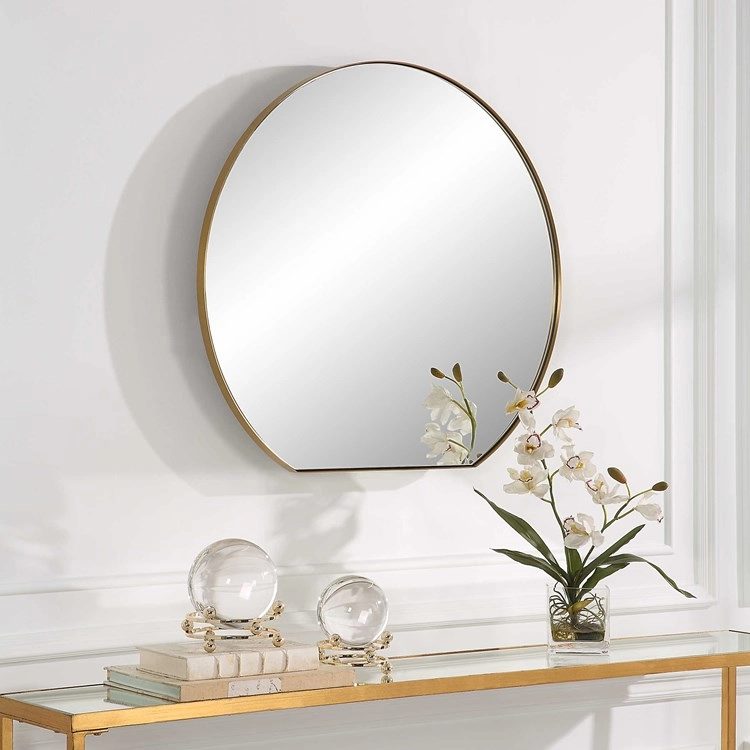
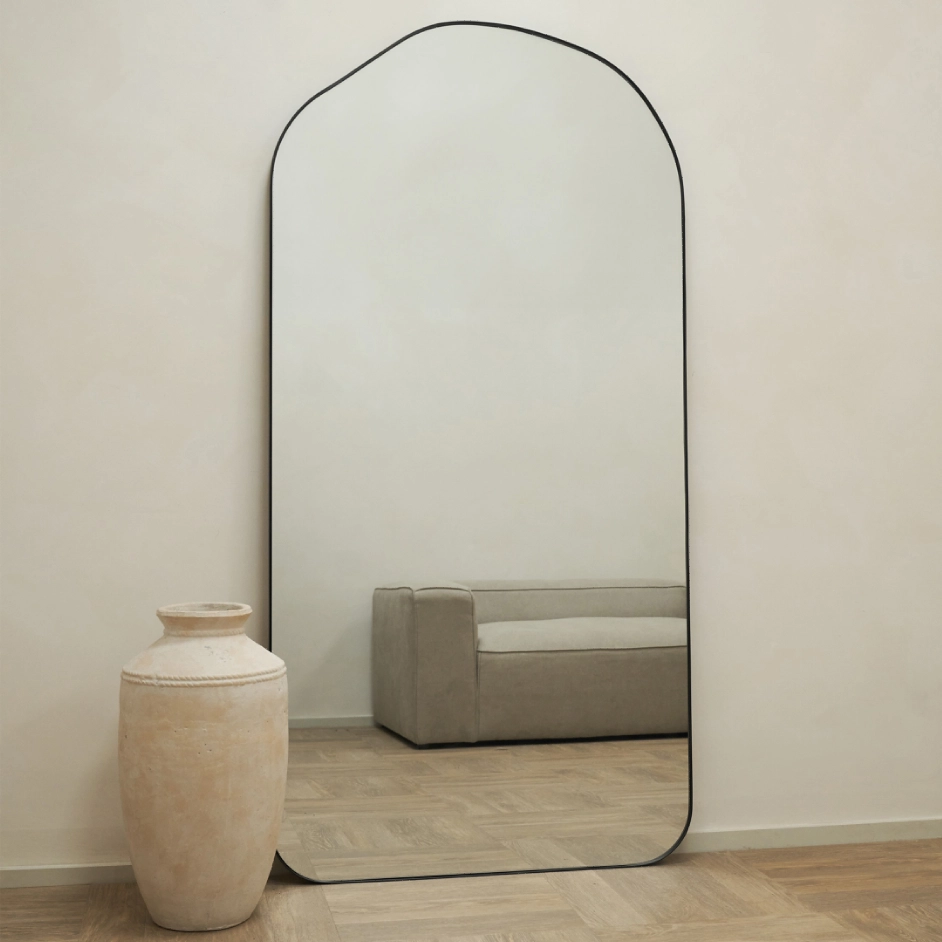
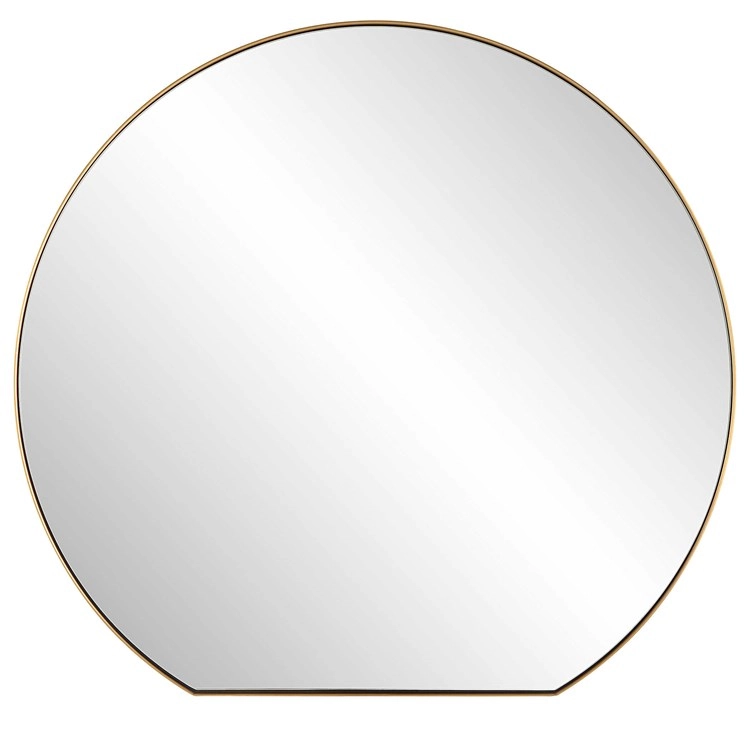
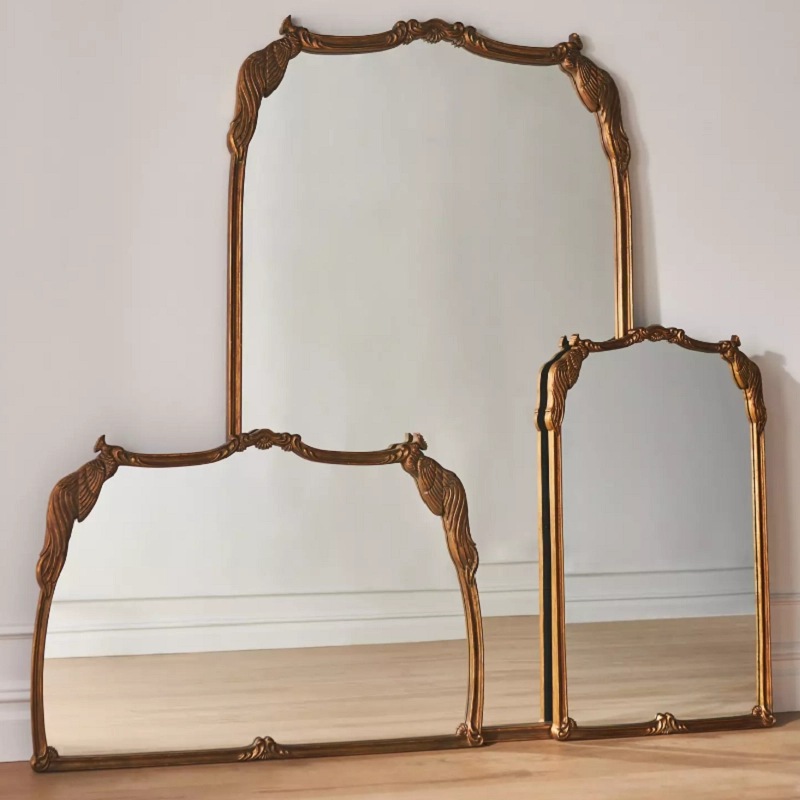
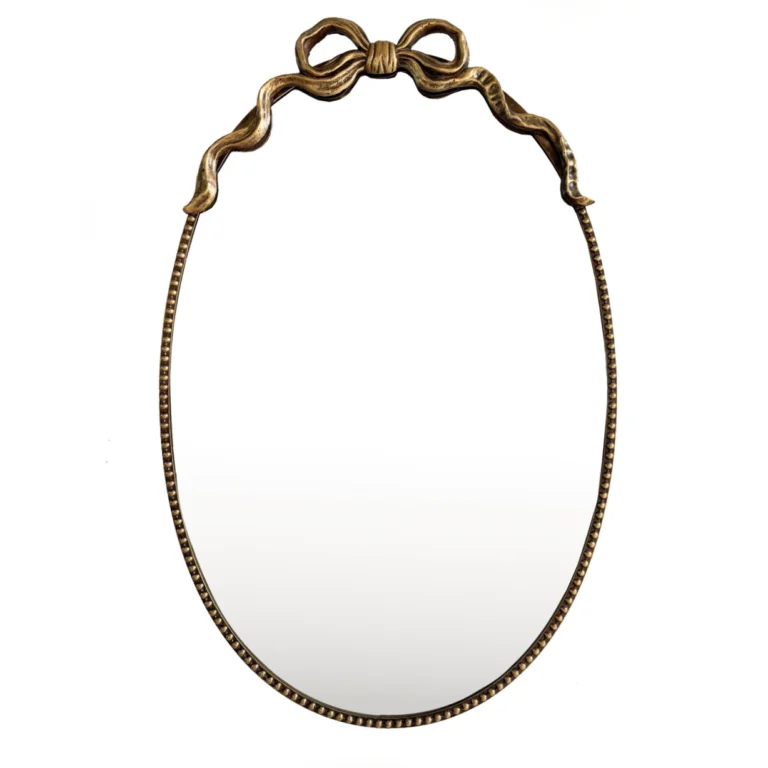
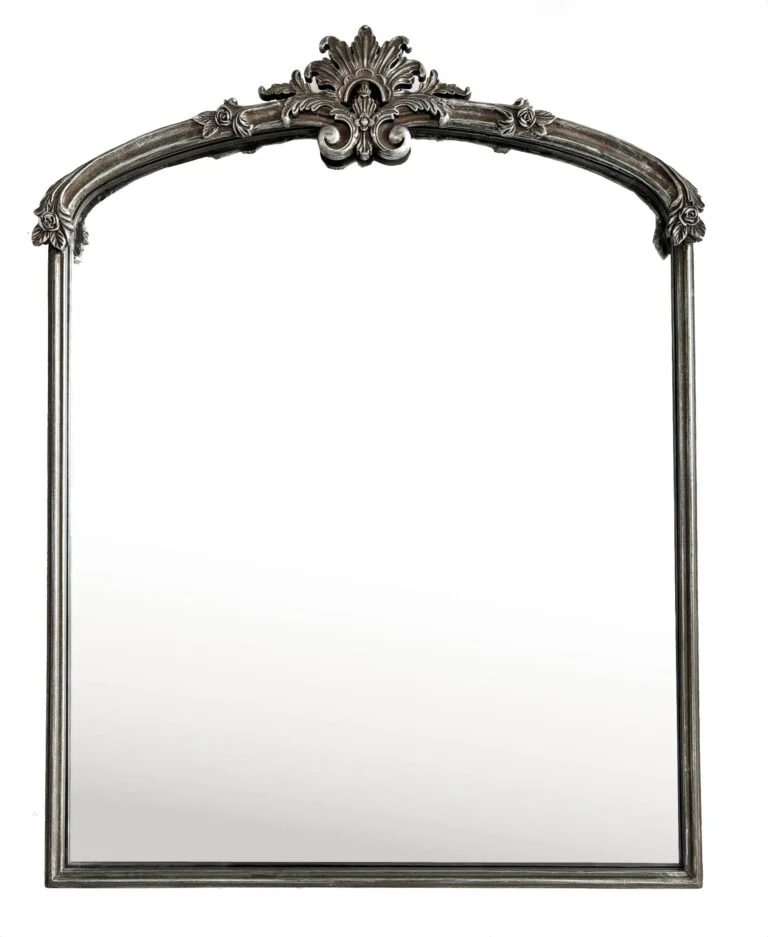
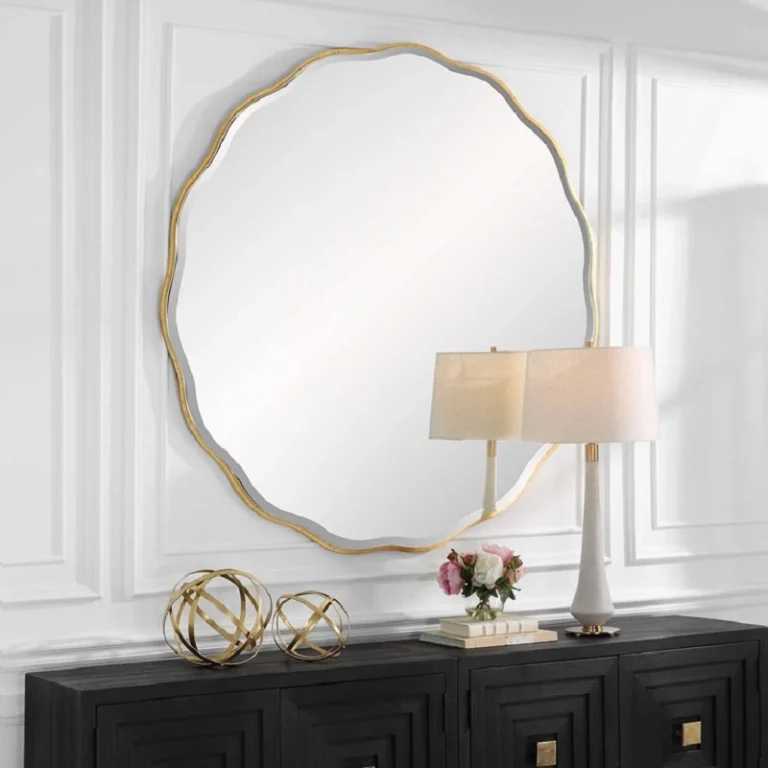
-scaled.jpg)
